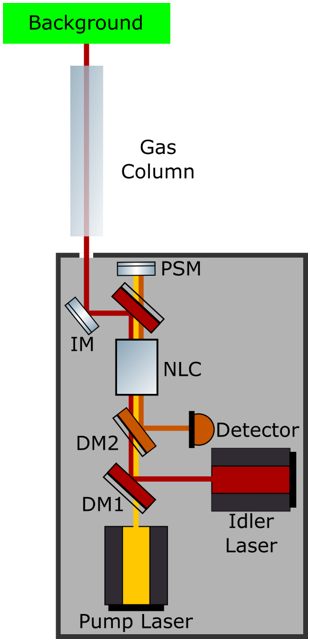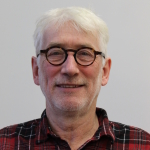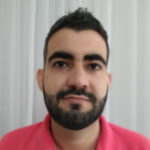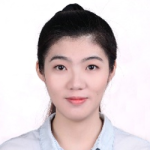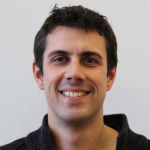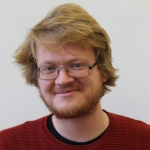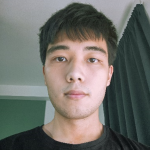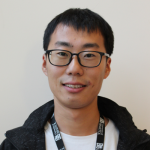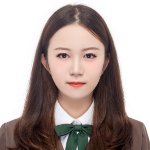Rarity Group
-
Professor John Rarity FRS
Professor of Optical Communication Systems
Research interests and activities
Quantum communications
We work on free space quantum key distribution (QKD) from short distance (hand held) consumer applications to satellite to ground scenarios (500km). Key ongoing projects involve designing and building ultra-compact quantum key transmitters for use in small satellite (CUBESAT) applications. We are involved in three separate missions with planned launches in 2023 and 2024 funded by EPSRC, UK space agency and Innovate UK.
Also within the EPSRC Quantum communications technology hub we work on measurement device independent (MDI) QKD, tamper proof quantum key exchange, chip-scale entanglement sources, and novel quantum counterfactual communications schemes where information is exchanged without photons arriving at the receiver.
Quantum sensing and imaging
We have developed a range of quantum enhanced measurements:
- Sub-shot noise Imaging: We demonstrate imaging with noise level below the shot noise limit by creating quantum identical photon beams. Using one beam as a reference and the other passing through a sample allows an estimate of sample transmission with better signal to noise than classical methods.
- Quantum illumination rangefinding: Here we use a bright pair photon sources to make a heralded source of single photons for rangefinding featuring strong background light suppression compared to equivalent weak coherent sources. By using energy-time correlations in the source we have demonstrated a covert spread spectrum heralded source that could achieve significantly higher brightness and loss tolerance. We are now developing ‘quantum inspired’ random pulse spread spectrum LIDAR demonstrator to reach several kilometre range.
- Short wave infrared gas sensing and gas sensing without detection: We have developed Carbon dioxide and Methane remote sensing systems that exploit the single photon sensitivity of photon counting detectors and classical random modulation differential absorption LIDAR. This has been extremely successful and led to a start-up company QLM (qlmtec.com). In In the group we continue research aspects of this work developing mid infra-red gas sensing using the techniques of non-linear interferometry to transfer a sensing signal at 3.28 um onto a 1.55 um beam detected using single photon sensitive detectors.
Light matter interactions
We are interested in developing the concept of spin photon interfaces. We are developing 1D cavity model where the scattering of photons by single emitters has near unit efficiency. When such an emitter carries a spin and has spin dependent interactions with photons we can entangle spins and photons thus generating a fundamental quantum gate. To realise such a concept in the laboratory we are working with:
- NV-centres (with Prof Balram’s group): We have worked on measuring spin in bulk diamond in the past but now focus on fabricating ordered arrays of nano-diamonds. These are embedded into silicon nitride waveguides for efficient collection of emitted light enabling rapid spin readout (QCSCALE project).
- Quantum dots (with Prof Oulton’s group): We are studying micropillar microcavities containing single dots carrying a single electronic charge. These systems are engineered to have high coupling efficiency to incoming light. Reflected light from these ‘1D’ cavities carries information on the electron spin due to spin selectivity of the transitions. We can see evidence of spin-photon entanglement in these systems.
Wavelength scale structures
We are looking to enhance photon ‘atom’ interactions by confining light in wavelength scale structures. These are 1D, 2D and 3D crystals with crystal lattice periods arranged to reflect near infra-red light. We have fabricated 3D materials showing full photonic bandgaps at communications wavelengths. Structures are fabricated using 3D nano-lithography to make 3D polymer photonic crystals. These crystals can then be backfilled with high index materials using vapour deposition methods. We visualise the band structure of these crystalline materials using the technique of Fourier imaging spectroscopy.
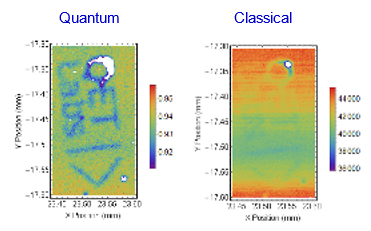 Major research topics
Major research topics
- Quantum Communication
- Quantum Imaging and sensing
- Light matter interactions
- Wavelength scale structures
- Diamond NV-centres and Quantum dots
- Integrated quantum photonics
(pictured above: example of sub-shot noise imaging)
Current postdocs and research fellows
-
Dr Arthur Cardoso
Research Associate
-
Dr Weijie Nie
Research Associate
-
Dr Alex McMillan
Senior Research Associate (Also with Jonathan Matthews)
-
Dr Joe Smith
Senior Research Associate (Also with Krishna Balram)
Current PhD students
- Haichen Zhou
- Peide Zhang
- Yu Shao Chen
- Jinghan Dong
Active grants
- 2022-24: QC:SCALE , EPSRC ICT standard mode (Co-I, PI: Balram)
- 2019-24: EPSRC UK Quantum Hub - Quantum Communications (Phase 2)
- 2019-24: EPSRC UK Quantum Hub - Quantum Enhanced Imaging, QuantIC (Phase 2)
- 2021-23: Innovate UK grant, ReFQ
- 2021-23: Innovate UK grant, Building a standardised quantum-safe networking architecture
- 2020-23: Innovate UK grant, AIR QKD
- 2020-22: Innovate UK grant, SPLICE
Previous grants
- 2015-20: EPSRC QT Fellowship
- 2014-19: EPSRC Programme Grant
- 2014-19: EPSRC UK Quantum Hub - Quantum Communications (Phase 1)
- 2014-20: EPSRC UK Quantum Hub - Quantum Enhanced Imaging, QuantIC (Phase 1)
- 2009-14: ERC Advanced Grant
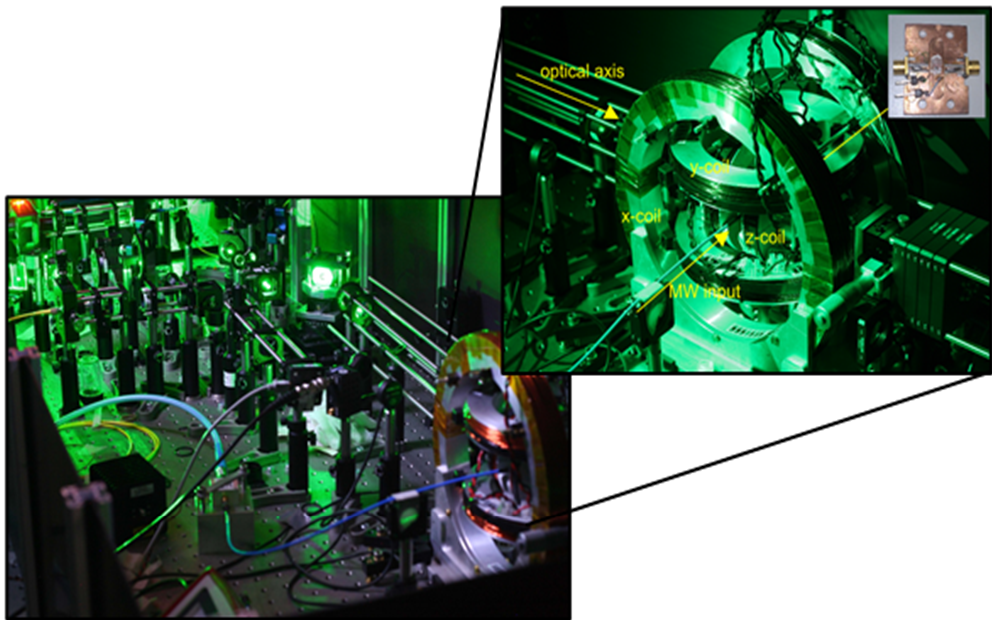
Selected publications
- P.A. Moreau, J. Sabines-Chesterking, R. Whittaker, S.K. Joshi, P.M. Birchall, A.McMillan, J.G.Rarity and J. Matthews, ''Demonstrating an absolute quantum advantage in direct absorption measurement'', Scientific Reports, 7, 6256 (2017)
- P. Androvitsaneas, A.B. Young, C. Schneider, S. Maier, M. Kamp, S. Höfling, S. Knauer, E. Harbord, C-Y. Hu, J.G. Rarity and R. Oulton,''A charged quantum dot micropillar system for deterministic light matter interactions'', Phys. Rev. B. 93, 241409 (R) (2016)
- J. Silverstone, D. Bonneau, K. Ohira, N. Suzuki, H. Yoshida, N. Iizuka, M. Ezaki, R. Hadfield, V. Zwiller, J.G. Rarity, J.L. OBrien and M.Thompson, ''On-chip quantum interference between silicon photon - pair sources'', Nature Photonics, 8, 104 - 108 (2014)
- B.A. Bell, D.A. Herrera-Martí, M.S. Tame, D. Markham, W.J. Wadsworth and J.G. Rarity, ''Experimental demonstration of graph-state quantum secret sharing'', Nature Communications, 5, 5480 (2014)
- J. E. Kennard, J. P. Hadden, L. Marseglia, I. Aharonovich, S. Castelletto, B. R. Patton, A. Politi, J. C. F. Matthews, A. G. Sinclair, B. C. Gibson, S. Prawer, J. G. Rarity and J. L. O'Brien, ''On Chip Manipulation of Single Photons from a Diamond Defect'', Phys. Rev. Lett. 111, 213603 (2013)
- R. Ursin, J.G. Rarity et al. ''Entanglement-based quantum communication over 144 km'', Nat. Phys. 3, 481 - 486 (2007)
- J.L. Duligall, M.S. Godfrey, K.A. Harrison, W.J. Munro and J.G. Rarity, ''Low Cost and Compact Quantum Key Distribution'', New J. Phys. 8, 249 (2006)
- J. Fulconis, O. Alibart, W. J. Wadsworth, P. St.J. Russell and J.G. Rarity, ''High brightness single mode source of correlated photon pairs using a photonic crystal fiber'', Optics Express, 13, 7572 - 7582 (2005)
- J.G. Rarity et al. ''Ground to satellite secure key exchange using quantum cryptography'', New Journal of Physics, 4, 82 (2002)
- C. Kurtseifer, J.G. Rarity et al. ''A step towards global key distribution'', Nature, 419, 450 (2002)
- P.R. Tapster, J.G. Rarity, and P.C.M Owens, ''A violation of Bell's inequality over 4km of optical fibre'', Physical Review Letters, 73, 1923, (1994)
- P.D. Townsend, J.G. Rarity and P.R. Tapster, ''Single photon interference in a 10km long optical fibre interferometer'', Electronics Letters, 29, 634 - 635 (1993)
- A.K Ekert, J.G. Rarity et al. ''Practical Quantum Cryptography based on Two-Photon interferometry'', Physical Review Letters, 69, 1293 (1992)
- J.G Rarity and P.R Tapster, ''Experimental violation of Bell's inequality based on phase and momentum'', Physical Review Letters, 64, 2495 (1990)
Full publication list, including patents list can be found in Google Scholar and Bristol Research

